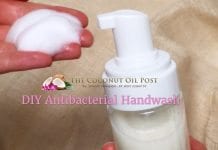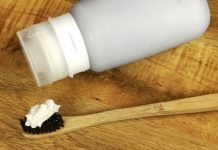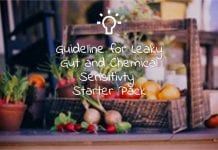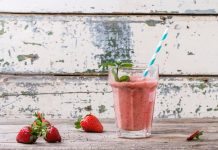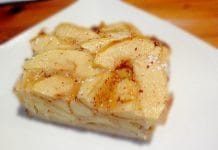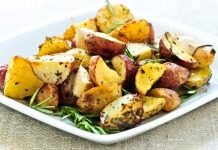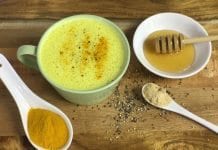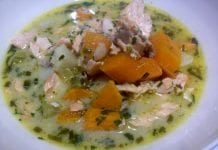How to make your own Ghee
I was first introduced to Ghee when I was diagnosed with a severe candidiasis systemic infection back in 2008. While I had to eliminate all milk and dairy based products I was able to have Ghee. Ghee is the name of what’s left behind after you seperate the oil from the milk solids in butter. When there is a problem like Candida present or the lining of the gut is affected usually the first step is to eliminate all forms of sugar from your diet as candida and other harmful bacteria thrive on the sugars from foods.
When I first looked into buying Ghee I was a little shocked to find that the price for a 500 gram jar of ghee was anywhere from $10-$15. I knew I was going to cook with ghee as well as use it in baking or topping on veggies and quinoa, so that would easily be more than 1 500 gram jar per week. I needed to find out if I could make it myself. And so I did. I was delighted with my first batch and it was my saving grace on many rough days of getting through the first 12 months of the BED (Body Ecology Diet) for eliminating Candida and the repair of my gut lining. It has a delicious sweet, nutty flavour and there is something so comforting about butter oil. One of my favourite ways of having ghee is to activate some almonds, and then toss them in melted ghee with plenty of herbamare. Warm, salty, buttery almonds. They were my manna from heaven.
5 years down the track and I’m able to tolerate dairy and love butter. Butter has so many health benefits it’s not funny (more on that later). But Ghee is something that I still make from time to time. I hope you enjoy it as much as I have.
You will need:
250 grams – 500 grams of good quality cultured butter preferable organic.
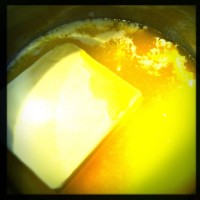
Place butter into saucepan over low to medium heat.
For the first time you do this watch the butter the whole time. Do not walk away for longer than a minute. Once you have done this the first time you will get used to the timing and the sounds that the butter makes. Once the separation starts the oil can turn dark very quickly and then you have burnt the ghee which is not very pleasant tasting.

As the butter slowly melts you will first see a lovely creamy foam start to form on top.
The foam will then start to separate from the oil and if you push the foam aside you will see the oil. It should be a lovely pale yellow colour. At this stage it will start to make quite alot of popping and bubbling noises.
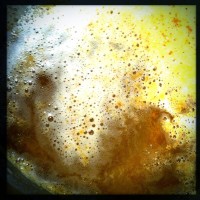
As it cooks for a little longer the oil will start to change colour. This process can take anywhere up to 30 minutes, depending on your stove and how much butter you use. This is where you need to watch it. Once it reaches a deeper golden colour it’s close to being ready.


Most of the milk solids will fall to the bottom, some will still float. It will start to turn a rich golden colour on the top and on the bottom. You should see a nice crust start to form around the edges and the bubbling will slow down. Once the bubbling has stopped it’s ready to take off the heat. Allowing it to cool enough to handle, strain the oil out through a fine sieve into a glass jar or a bowl. The sieve will collect all the milk solids (which are yummy to eat – if you don’t have a problem with digesting the milk sugar).
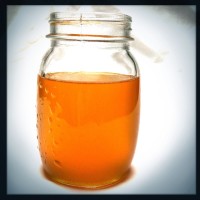
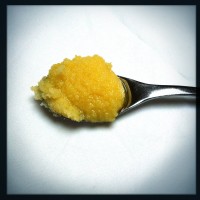
The butter oil or Ghee will solidify at room temperature and keep without spoiling or refrigeration.
Use it as you would butter or coconut oil. Ghee unlike butter has a high burning point so you can use it for all of your cooking needs.
The benefits of ghee are many.
Fats are an essential part of our diet. Without them problems such as aging of the skin, the nerves and brain cells occur. Fats are needed for the essential absorption of vitamins A, E, D and K. The stomach lining needs fat to keep the lining healthy and functioning properly.
Ghee has all the benefits of a healthy fat without the harmful effects on cholesterol like the oxidized, trans fatty acids or hydrogenated fats do.
So do yourself a favour and try some Ghee next time you cook. You may really like it. Even yummier is when you mix coconut oil with ghee together. A flavour explosion for the taste buds.
Have you used Ghee before? What’s your favorite way of using it? Would love to hear from you.




